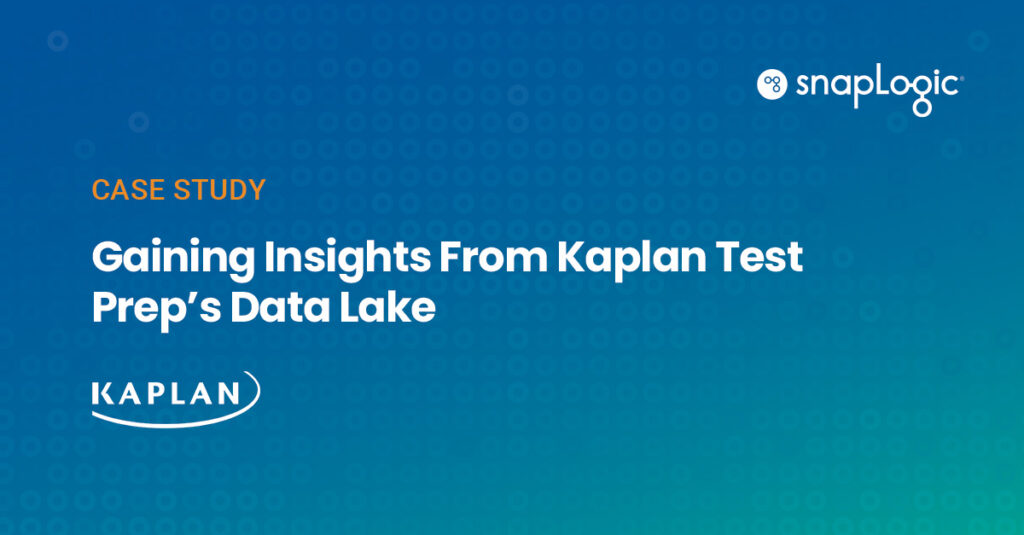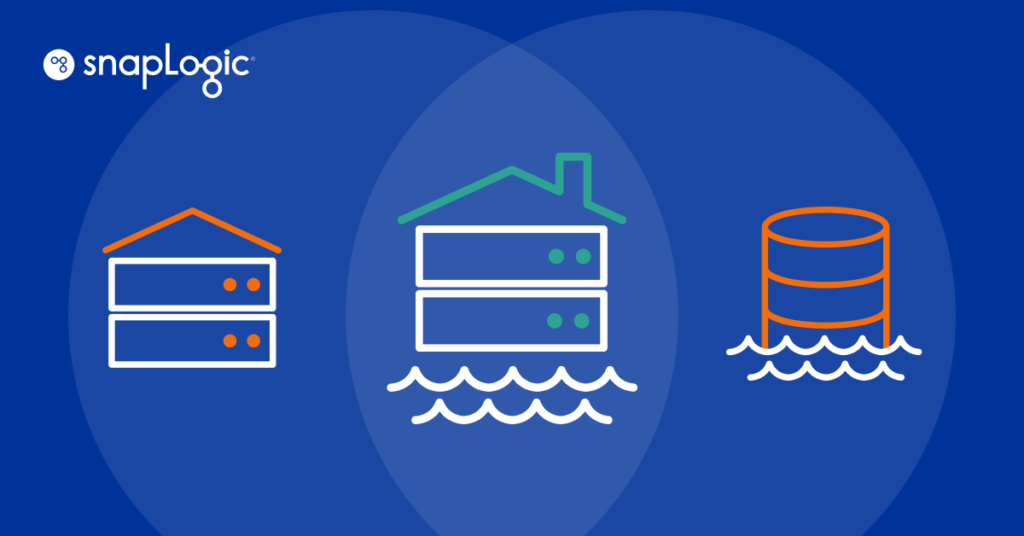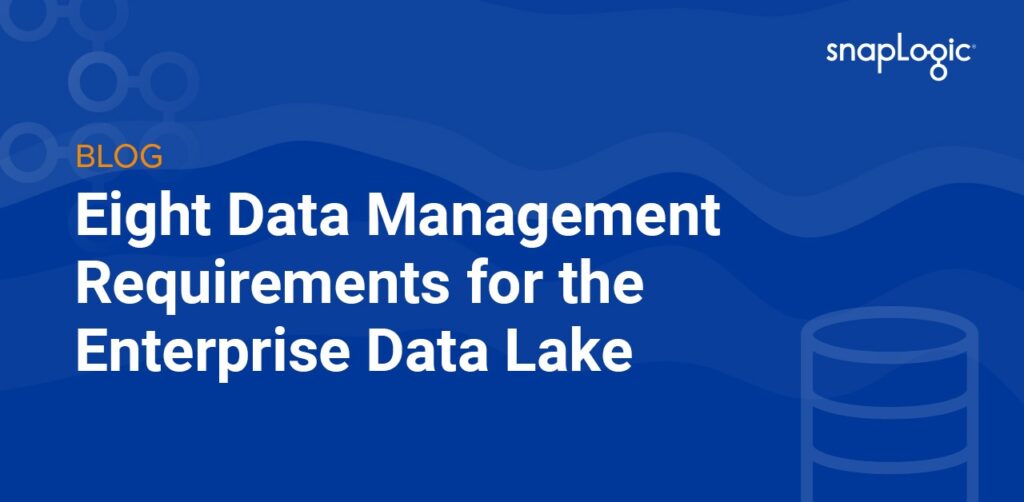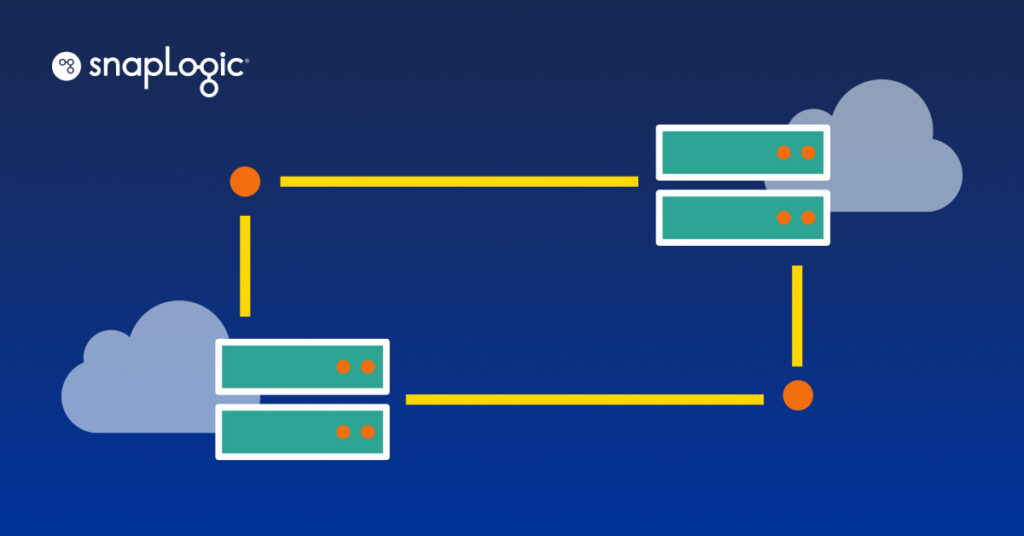What is a data lake?

A data lake is a type of large-capacity data storage system that holds “raw” (semi- and unstructured i.e., streaming, IoT, etc.) data in its native format until needed. Unlike hierarchical data storage architectures, which store structured data in folders, a data lake employs a flat architecture. The data lake releases data as needed by a program, system, etc. This on-demand system enables the data lake to process and look for massive amounts of data.
Key components
1. Raw data storage
Data lakes store data in its raw, native format, eliminating the need for upfront structuring. This raw data can be of various types, including text, images, videos, and more.
2. Scalability
Data lakes are highly scalable, allowing organizations to expand their storage capacity seamlessly as data volumes grow. This scalability is particularly beneficial for handling the ever-increasing volumes of data generated in today’s digital landscape.
3. Flexibility
Unlike traditional data warehouses, data lakes offer flexibility in data processing. Users can run diverse analytics, machine learning, and reporting tools directly on the raw data, enabling a wide range of data-driven insights.
Advantages of data lakes
1. Data exploration
Data lakes encourage exploration and analysis of data without the constraints of predefined structures. This flexibility is crucial for discovering valuable insights and patterns within large datasets.
2. Cost-effective storage
Storing data in its raw form is often more cost-effective in a data lake compared to traditional databases, making it an attractive option for organizations with massive datasets.
3. Support for big data technologies
Data lakes seamlessly integrate with big data technologies, enabling organizations to leverage tools like Apache Spark, Hadoop, and more for advanced analytics and processing.
Challenges and considerations
1. Data governance
Managing data quality, security, and compliance within a data lake requires robust governance frameworks to ensure the integrity of the stored data.
2. Metadata management
Effective metadata management is crucial for discovering, understanding, and utilizing the vast amounts of data within a data lake. Metadata helps users navigate the data landscape and ensures that data is used appropriately.
3. Query performance
As data lakes grow, ensuring optimal query performance becomes essential. Intelligent data organization and indexing strategies are necessary to maintain efficient data access and retrieval.
Conclusion
In conclusion, a well-architected data lake serves as a foundational element for organizations seeking to harness the power of their data. It provides the flexibility, scalability, and cost-effectiveness required to meet the demands of today’s data-driven landscape. Understanding the nuances of data lakes is essential for making informed decisions about data storage, analytics, and integration strategies.
Explore more about data lakes and how SnapLogic’s Integration Platform as a Service (iPaaS) can seamlessly connect and integrate your data lake with other business applications, ensuring a unified and efficient data ecosystem for your organization. Dive into our resources to discover the transformative capabilities of data lakes in today’s dynamic business environment.









